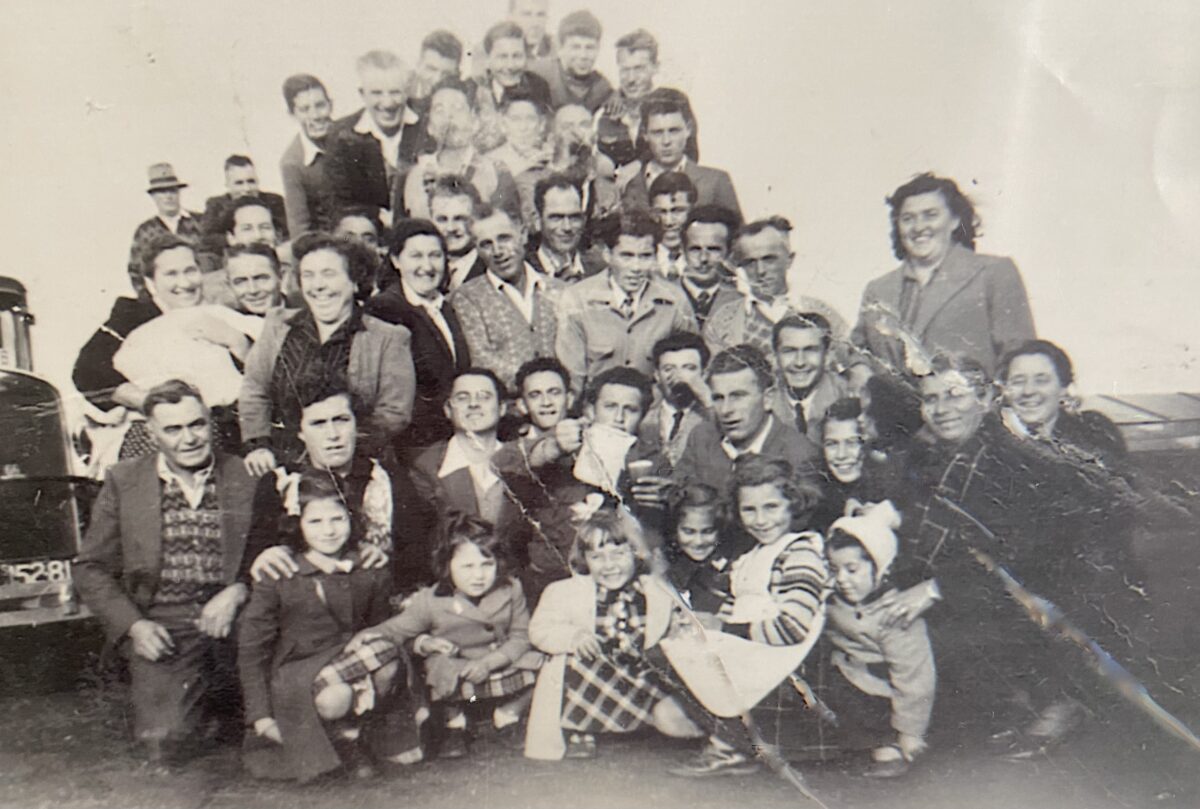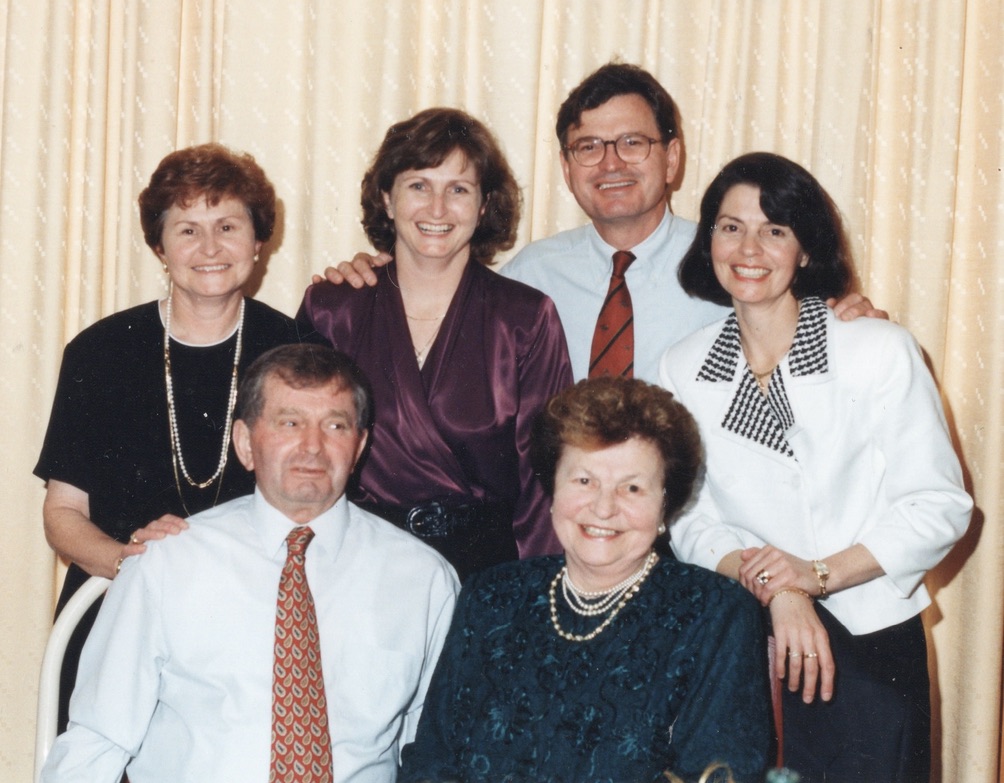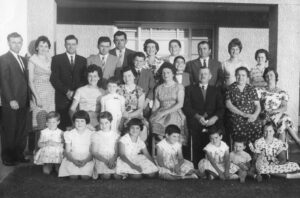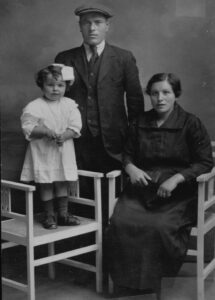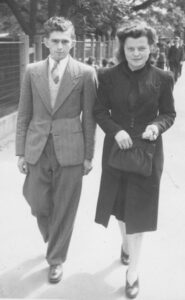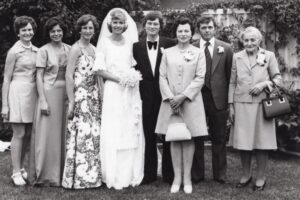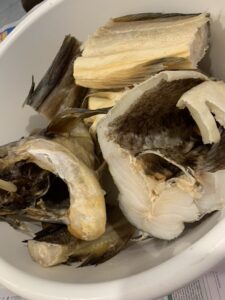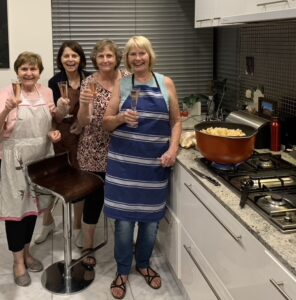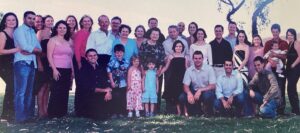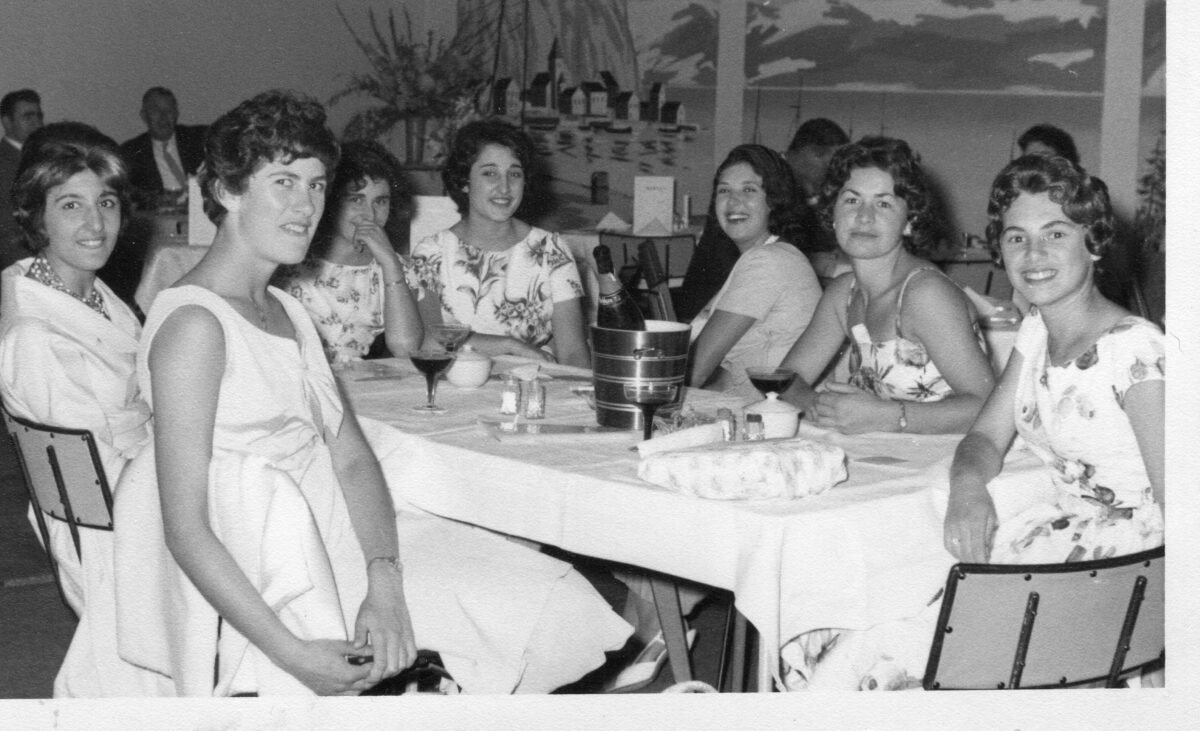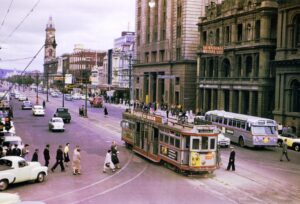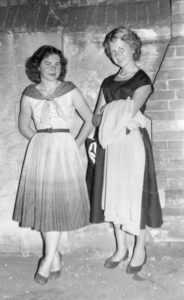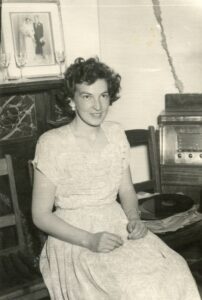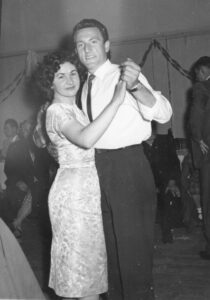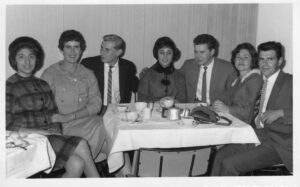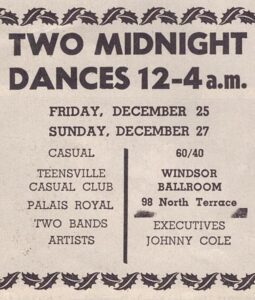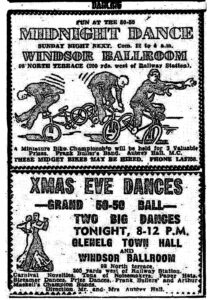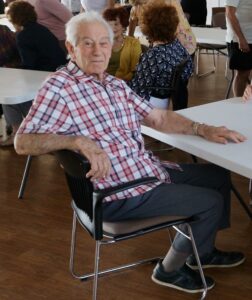Buona Pasqua! Happy Easter from Adelaide!
Following Linda Zamperin nee Tonellato’s lovely blog about her family’s tradition of cooking baccalà and polenta at Easter time, this one is about preserving family customs in the Veneto market gardener community at Lockleys.
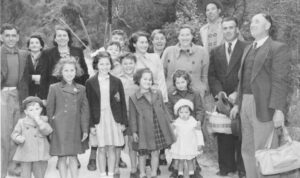
The first-generation women and men continued to prepare food and make wine that had been customs in their family households in the Veneto region. Most of the Veneto families grew much of the food they consumed at the table and made their own wine. In the early years women used produce from their market gardens and domestic vegetable plots and orchards, milked cows to make cheese and butter, and they raised chickens.
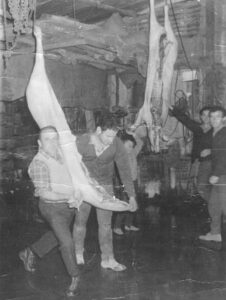
Later, other customs were introduced that signified that the market gardeners had a stronger financial base and could afford to buy a pig to make salami every year. Some families made arrangements with other households for more expensive annual activities such as killing a pig to make salami or buying (and sometimes picking) grapes in bulk to make and bottle wine.
Jimmy Ballestrin remembers that the customs were very important for his parents. When he was interviewed by Eleonora Marchioro in June 2011, he recalled that he was going to make salami with his brother and sister the following week:
In those days especially, they all liked to have their glass of wine, and wine wasn’t that easy to come by here in Adelaide, the type of wine they were used to drinking, and also the type of foods that they were used to eating … weren’t readily available. I think it was very important because … you know, there’s always something of home … they liked to keep the lifestyle of their Italian lifestyle,and might I say, perhaps improved on the Italian lifestyle that they had because of the poverty over there …
(Jimmy Ballestrin, OH 872/15, 6 June 2011, p5).
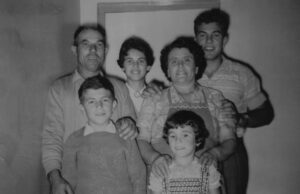
Photo, courtesy Lina Campagnaro nee Ballestrin.
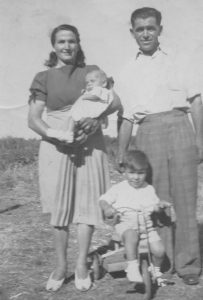
Johnny Marchioro remembered his parents’ energy for the seasonal tasks that preserved traditions from Italy:
I think they used to go to Reynella and get their grapes for the wine. He made a cement tank and when the wine season was – back in would have been April, May – used to get it and we used to squash it, jump in the barrel and squash it by foot, and they’d make our own wine. Yes, that was like a seasonal thing … you’d make your own tomato sauce and the wine time came you’d make your wine, and wintertime you’d make your own salami, too, for the family.
(Johnny Marchioro, OH 872/1, 21 August 2008, p24).
Families who continue annual food customs such as making tomato sauce and cooking traditional dishes at Easter and Christmas acknowledge that these rituals connect them to their parents and the traditions of their Veneto ancestors.
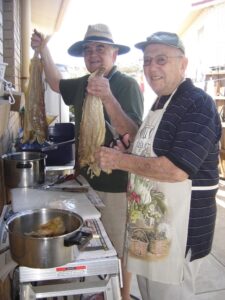
Photo by Christine Rebellato nee Mattiazzo.
Christine Rebellato nee Mattiazzo explained in the blog she wrote on the Veneto market gardeners’ website in April 2020, the significance of Easter customs for her family:
Over the years Easter time has been a time for our family to be together to enjoy each other’s company, a time to keep our traditions, a time to enjoy food with a focus on keeping our loved ones alive.
https://venetimarketgardeners1927.net/polenta-e-baccala-more-than-a-meal/
Making wine at home
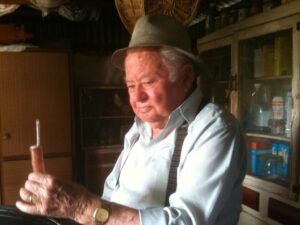
Making wine was a usual autumn activity in many families. It was important for people like Angelo Innocente to make wine every year. Angelo continued this tradition until he was 89 years of age.
Roma Bordignon nee Zampin remembered the ritual of making the wine in her family and this tradition was something that the local policeman appreciated:
We used to get into the big bucket or whatever it was, and we’d go with our feet andwe’d dance the Tarantella. (laughter] … And [Dad would] say, “Come on girls. Hurry up! We’ve got to make this wine.” So, we’d dance faster.
And the Lockleys policeman at the time, he used to come up to see Gerry, as they called Dad. And he’d say, “How are you going Gerry? Have you made the wine yet?” And he’d say, “Yeah. Would you like a taste?” So, he’d sit down and drink it. He only come up to see him for a drink.
(Roma Bordignon nee Zampin, OH 872/41, 3 February 2017, p 17)
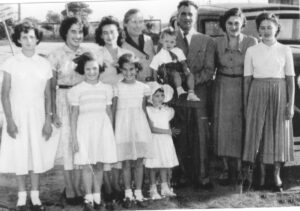
Preserving the Veneto dialect
The preservation of dialect has been an important aspect in some families and it is particularly noticeable in the context of food customs. Many second generation, and in some cases, third-generation veneti have retained Veneto and/or Italian words and phrases to describe traditional foods and dishes. For example, interviewees described different food dishes made in their families including: polenta e baccalà (polenta and stockfish), risi e bisi (rice and peas), carciofi (artichokes) and crostoli (a sweet deep-fried pastry dusted with icing sugar). Some families continue to make these foods today.
People who were interviewed for the project spoke proudly about the ways they maintain a strong connection to the legacy of their Veneto ancestors through preserving customs.
Madeleine Regan
9 April 2023
